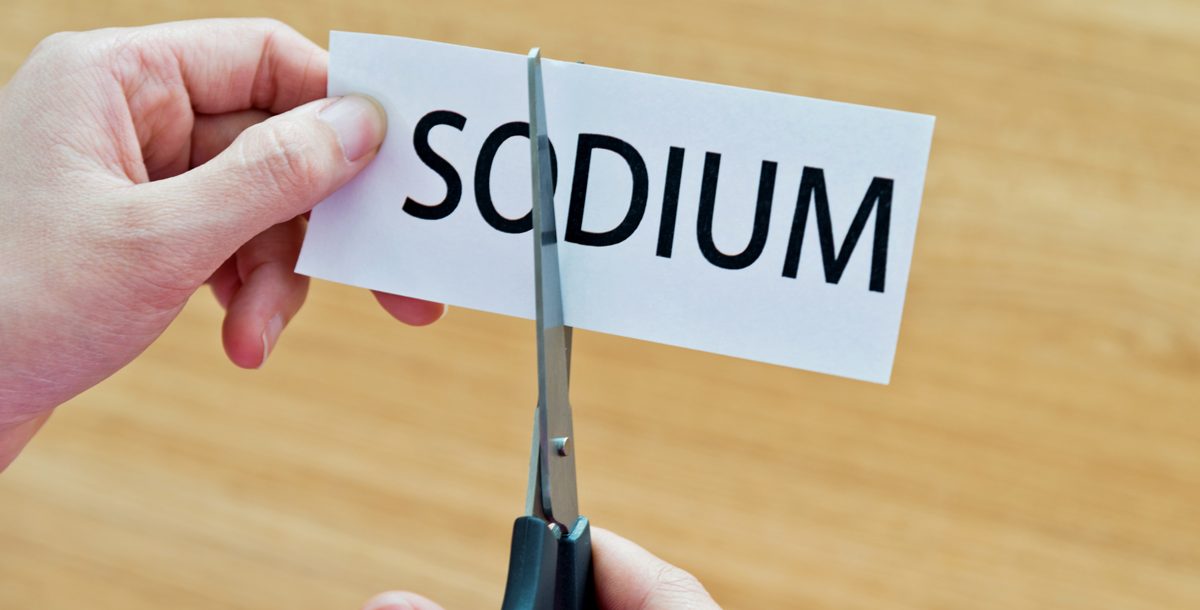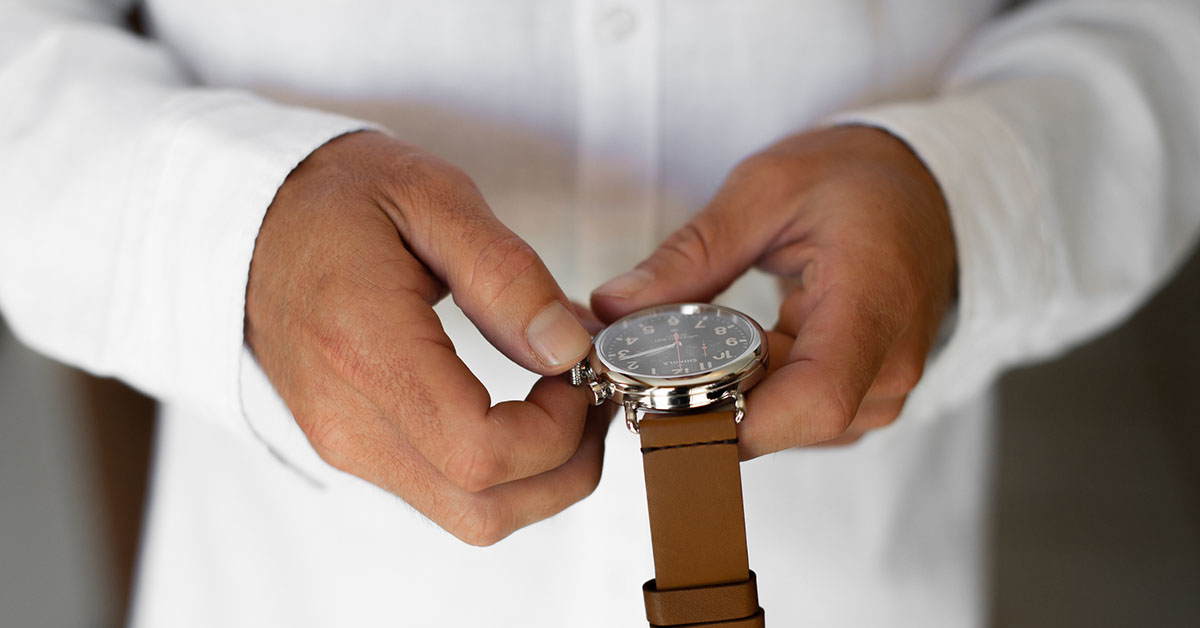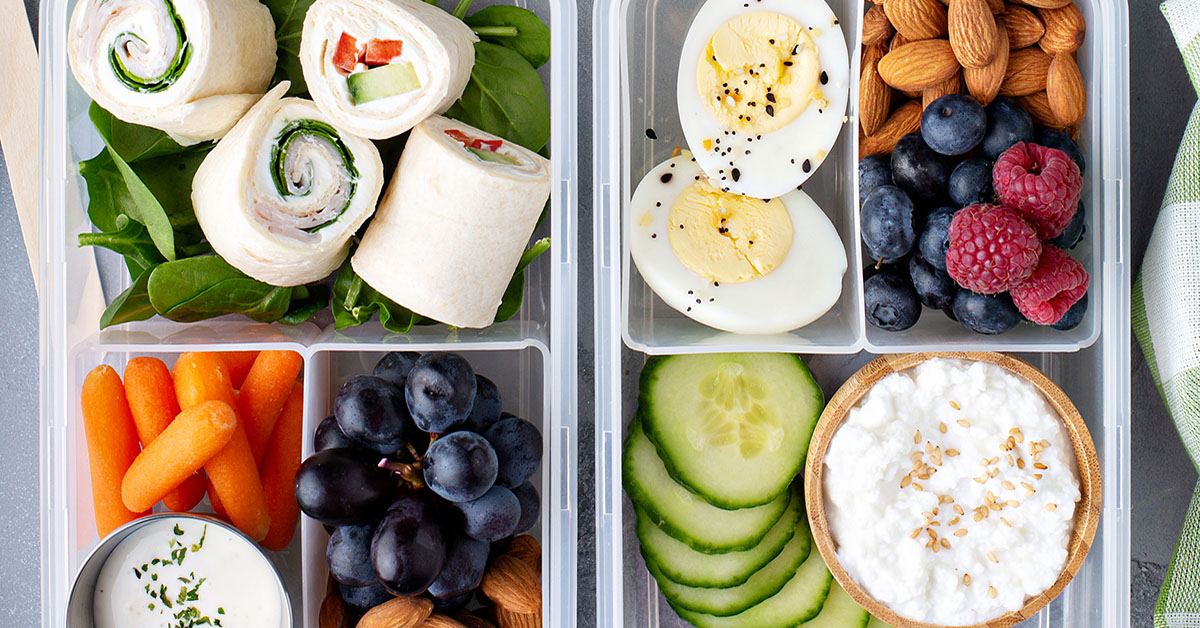Finding exactly what you’re looking for at the grocery store has become more difficult since the COVID-19 pandemic began. If you’re following a low-sodium or reduced-sodium diet for health reasons, it may be hard to find these items right now.
The U.S. Department of Health & Human Services’ Dietary Guidelines for Americans recommends consuming less than 2,300 milligrams of sodium per day. That is equivalent to just one teaspoon of table salt.
However, the typical American eats more than 3,400 milligrams of sodium each day. About 70% of that sodium is coming from packaged goods, prepared foods and eating out.
Common high-sodium products include:
- Canned vegetables, beans, soups and meats
- Sauces, dressings, and condiments like ketchup and barbeque sauce
- Cheese
- Processed meats like deli meat, sausages and hot dogs
- Fermented foods like pickles, olives and sauerkraut
- Breads and prepackaged grains products like flavored instant rice
- Savory snacks like chips, crackers and nuts
Looking at labels
When shopping, the front of the package can help guide you to better options. However, not all labels about sodium are created equal. Remember to check your portion size as well. You may be eating more than one serving of an item and thus more sodium than you think.
- “Reduced Sodium”: At least 25% less sodium than the original version of the product. This can still mean the product has a relatively large amount of sodium.
- “Light in Sodium” or “Lightly Salted”: At least 50% less sodium than the original version of the product.
- “Low Sodium”: 140 mg of sodium or less per serving
- “Very Low Sodium”: 35 mg of sodium or less per serving
- “Sodium Free”: Less than 5 mg of sodium per serving
- “No-Salt-Added” or “Unsalted”: No salt or sodium is added during processing, but the item may contain some naturally.
If you have higher-sodium items already at home, you don’t necessarily need to throw them away. Instead, try these tips for making your foods fit better with your sodium goals.
Ways of lowering sodium from high sodium foods
- Canned foods (vegetables, beans, tuna, soups) and cottage cheese
- Drain out the liquid
- For lower sodium, drain and rinse
- For even lower sodium, drain and rinse for three minutes
- Mix regular salted versions with unsalted to spread out the sodium over multiple portions
- Reduce the amount of sauces, dressings, and condiments you use
- Keep your dressing on the side and dip your fork in before each bite of salad. You get the taste of dressing each time, but will use less overall
- Use flavor enhancers like salt free spices and herbs, garlic, onions, ginger, vinegars or citrus
- Leave out added salt in recipes. This includes table salt, kosher salt, seasoning salt, sea salt and Himalayan salt.
Every little bit counts when it comes to lowering your sodium intake. Look to buy lower-sodium choices when you can. When you can’t, the simple adjustments listed above can make the foods you already have work.
Learn more about the clinical nutrition services offered at Mercy Health.






